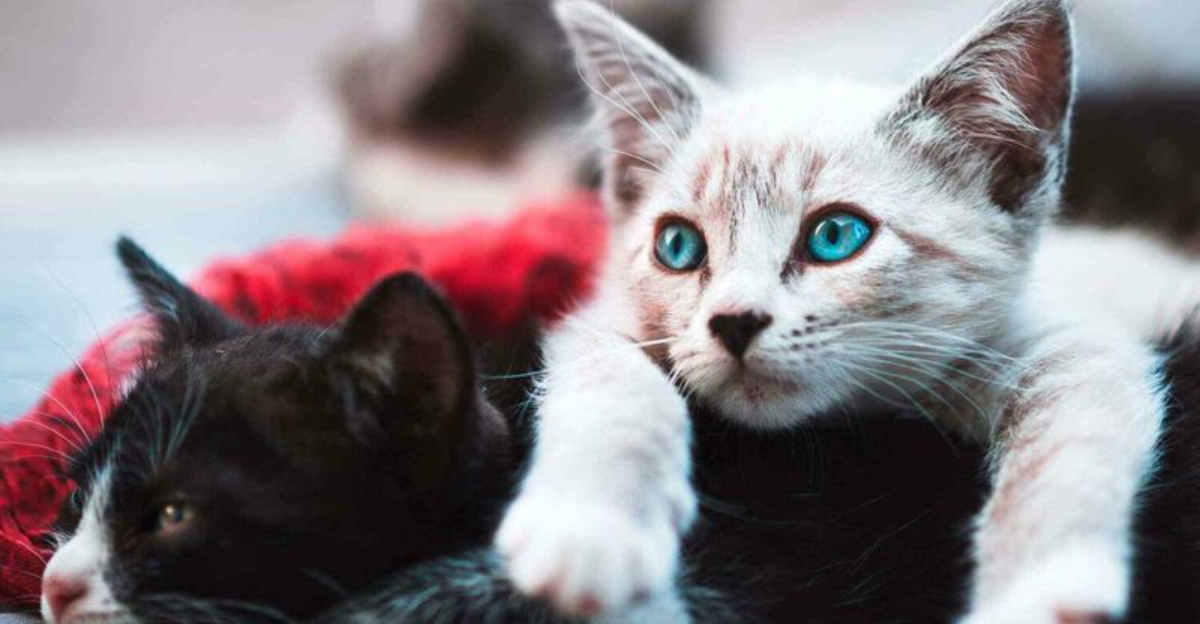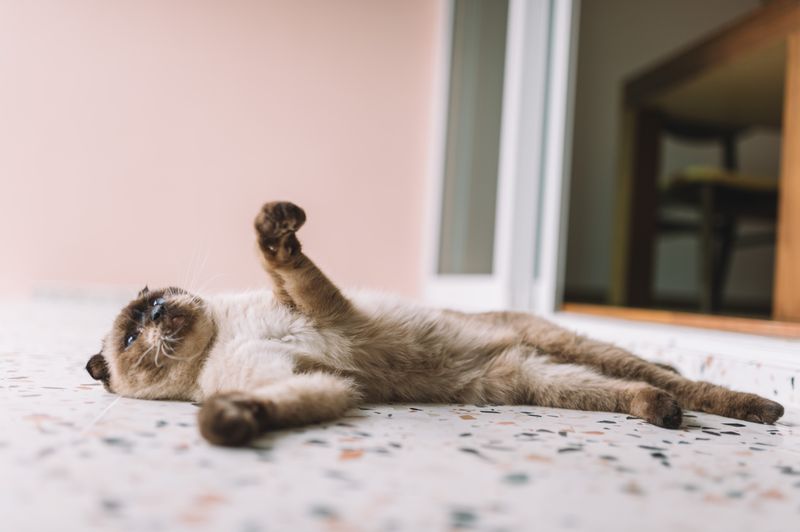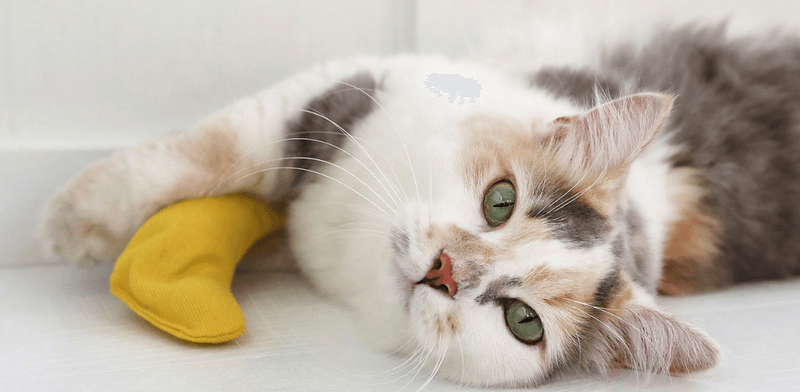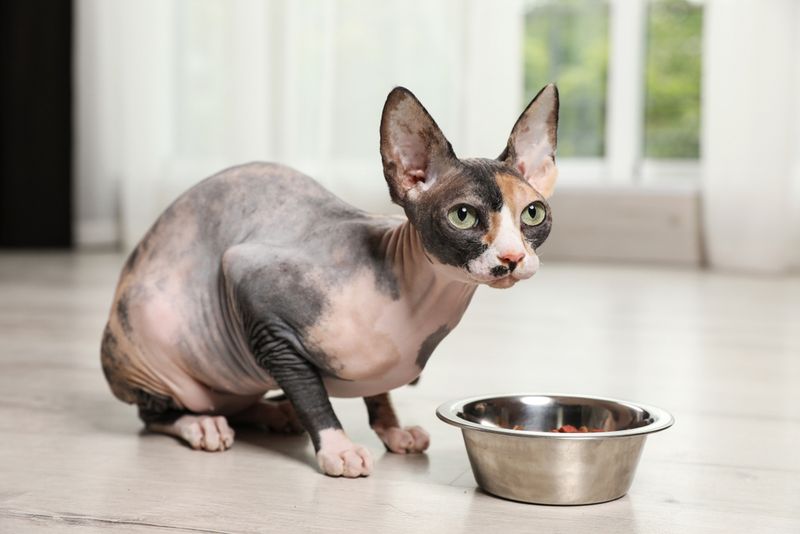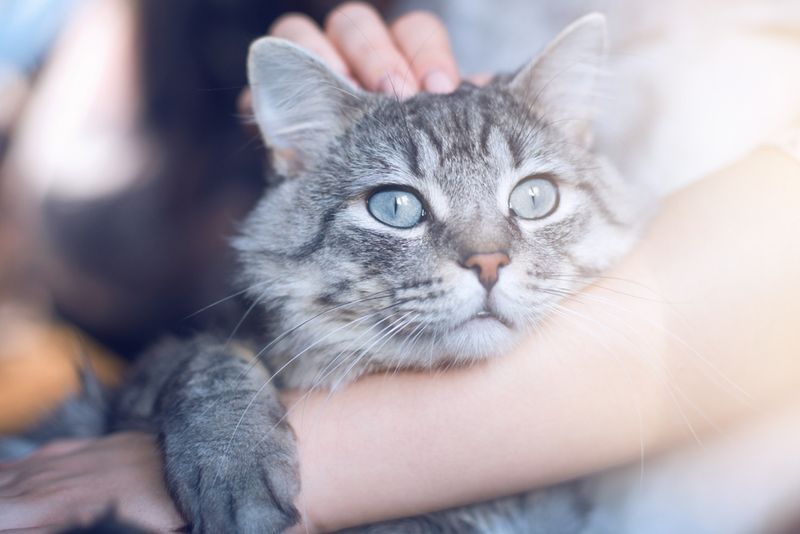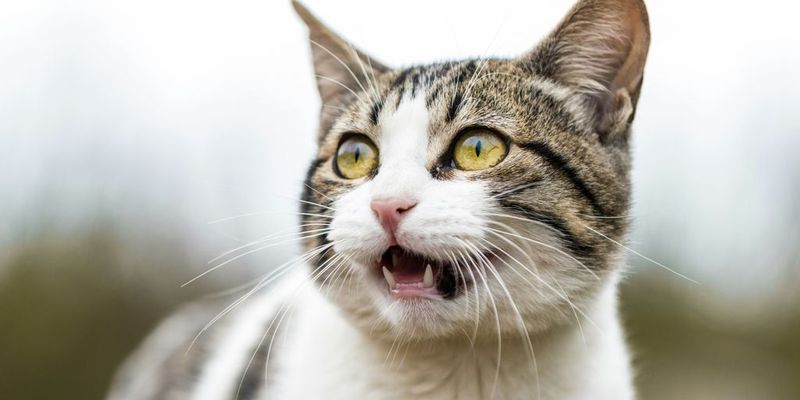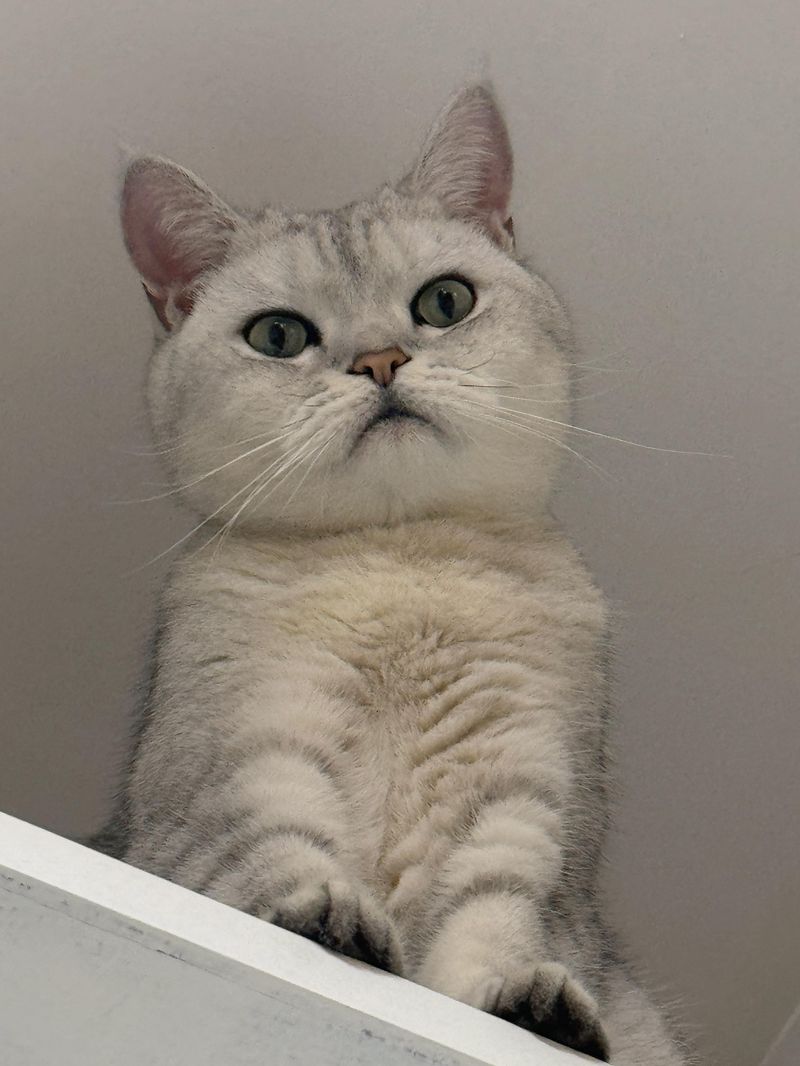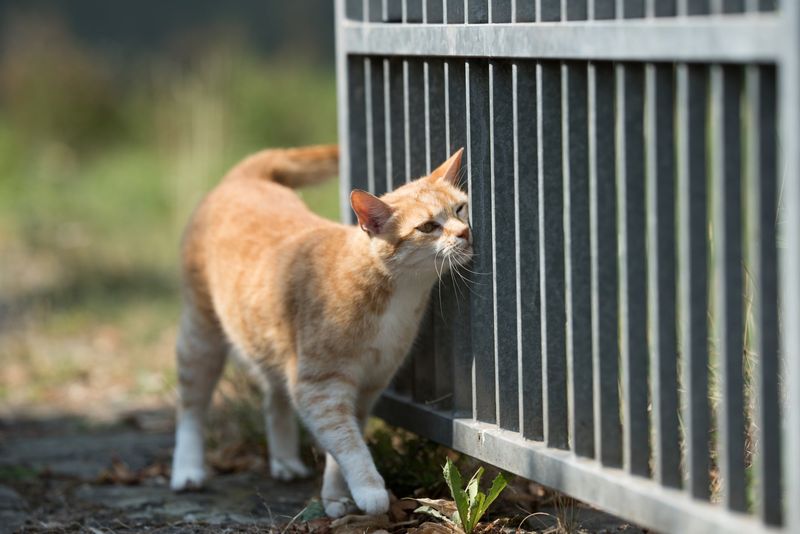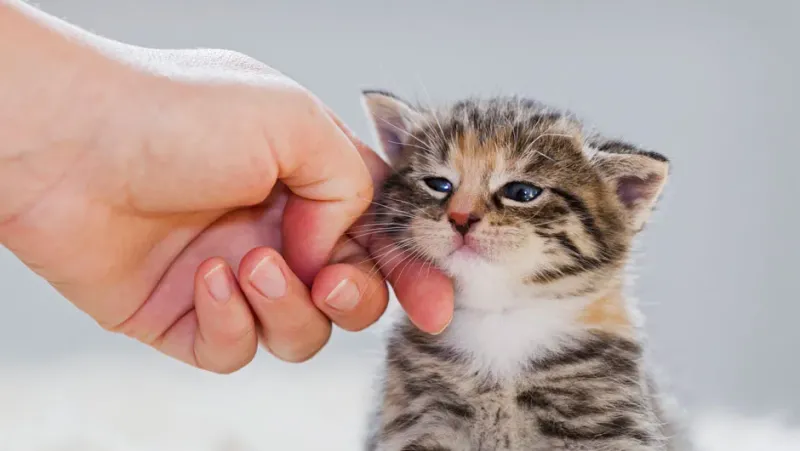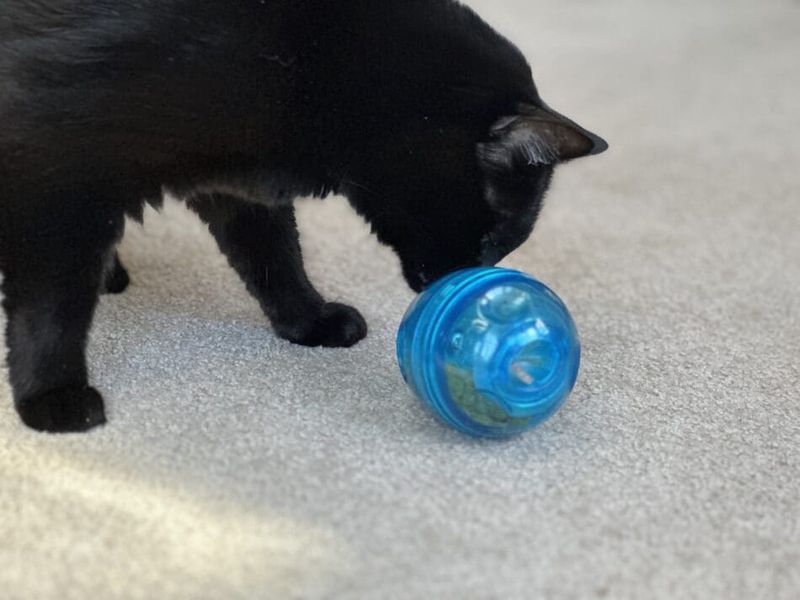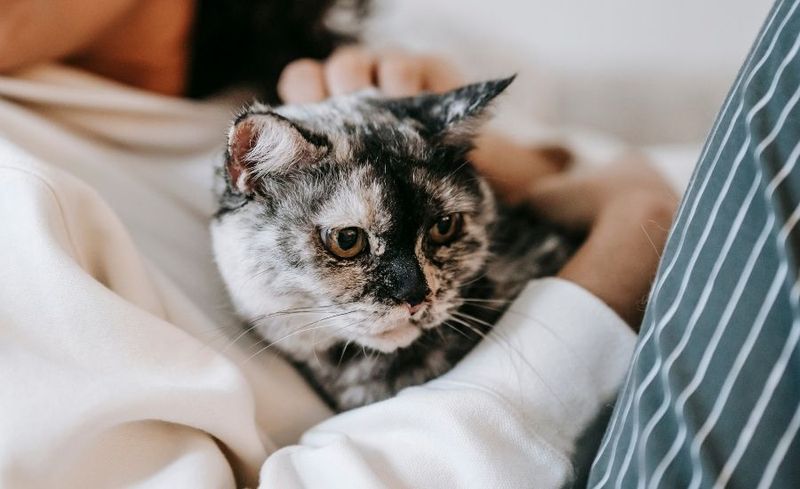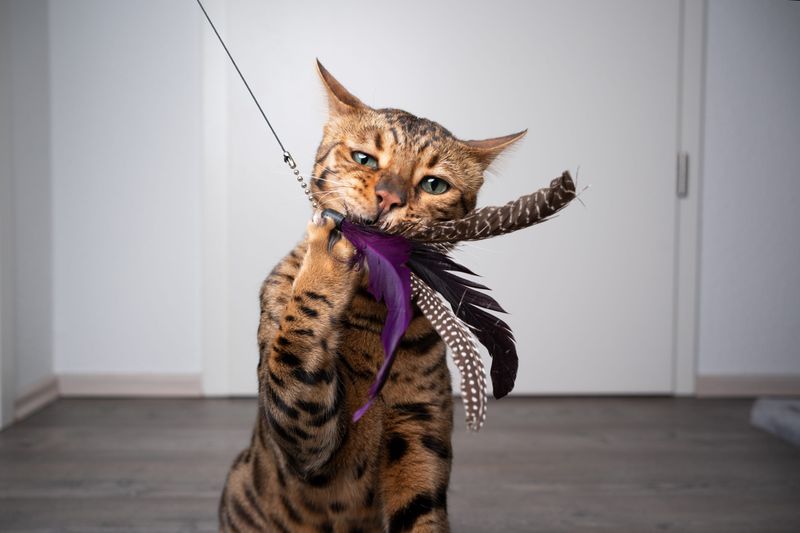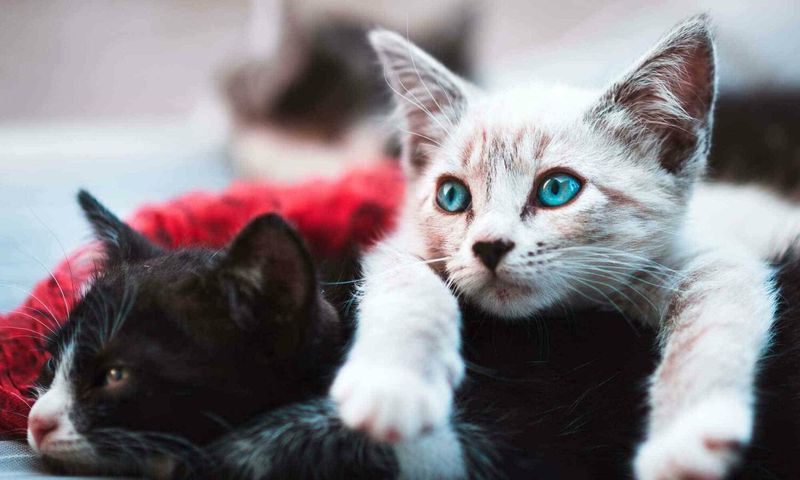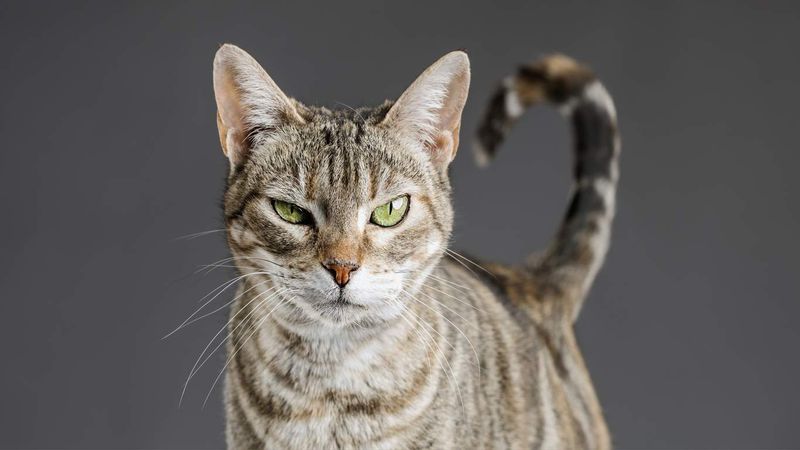📖 Table of Content:
- 1. Vulnerability Without Judgment
- 2. Personal Space Respect
- 3. Consistent Daily Rhythms
- 4. Silent Companionship
- 5. Freedom From Loud Noises
- 6. Elevated Perches
- 7. Scent Familiarity
- 8. Gentle Physical Touch
- 9. Mental Stimulation
- 10. Slow Introductions
- 11. Playtime That Mimics Hunting
- 12. Recognition of Individuality
- 13. Respect for Communication Signals
Cats are mysterious creatures with complex emotional lives they often keep hidden. Behind those watchful eyes and independent personalities, our feline friends have deep emotional needs they’ll only reveal when they truly feel secure with you. Understanding these hidden needs can transform your relationship with your cat and help you create the safe haven she’s silently seeking.
1. Vulnerability Without Judgment
Cats naturally hide their weakness as a survival instinct. In the wild, showing vulnerability could mean becoming another animal’s dinner. Your kitty secretly craves moments where she can let her guard down completely.
Only when she feels utterly safe will she expose her belly, sleep deeply in your presence, or show you when she’s not feeling well. This surrender of control is actually a profound display of trust.
When your cat finally shows vulnerability, respond with gentleness and consistency. Never punish or mock these moments – they’re precious gifts of trust that took time to develop.
2. Personal Space Respect
Contrary to popular belief, cats aren’t truly solitary creatures. They form social bonds but maintain strict boundaries about personal space. Your feline companion secretly needs you to recognize when she wants interaction versus alone time.
Forcing attention when she’s withdrawn creates stress and damages trust. A secure cat knows her retreat spots won’t be invaded, allowing her to approach you on her terms.
Create designated cat-only zones in your home where she can escape when overwhelmed. Notice how she’ll become more affectionate when she knows you’ll respect her occasional need for solitude.
3. Consistent Daily Rhythms
Though known for their independence, cats actually thrive on routine. Their wild ancestors relied on strict hunting and resting schedules to survive, and your feline still craves a predictable daily rhythm at home.
Feeding times, play sessions, and even your comings and goings form the backbone of her sense of security. When these patterns become chaotic, cats often develop anxiety behaviors like excessive grooming or hiding.
Maintaining consistent routines signals to your cat that her world is stable and safe. Only then will she reveal her playful, affectionate side rather than remaining vigilant and stressed.
4. Silent Companionship
Beneath that independent exterior, your cat yearns for your presence without demands. Unlike dogs who need constant interaction, cats prefer companionship that respects their autonomous nature.
The quiet comfort of sharing space speaks volumes to a feline. Your cat might follow you from room to room or position herself where she can watch you without seeming needy.
This subtle togetherness fulfills her social needs while honoring her dignity. When she feels secure in this balanced relationship, she’ll eventually seek closer contact – sitting beside you rather than across the room, or even climbing into your lap when she’s absolutely certain of your respect.
5. Freedom From Loud Noises
With their heightened hearing, cats experience normal household sounds as much louder than we do. Protecting your feline from sudden, harsh noises helps keep her stress levels low.
Vacuum cleaners, blenders, and even loud television can feel like threats to her sensitive ears. A cat who doesn’t feel safe from noise often becomes permanently skittish or aggressive.
Creating quiet zones and warning your cat before noisy activities helps her develop confidence. When she realizes you’re mindful of her auditory comfort, she’ll reveal a more relaxed personality instead of staying perpetually on high alert.
6. Elevated Perches
Height equals safety in the feline world. Your cat has a deep-seated need to survey her territory from above, where she can monitor potential threats while remaining out of reach.
Without proper vertical space, cats often become anxious and territorial. Those ceiling-high cat trees aren’t just luxury items – they’re essential for your cat’s emotional wellbeing.
When your home offers secure high spots, you’ll notice your cat displaying more confident body language. Her tail will stand tall, her ears will remain forward and relaxed, and she’ll be more likely to show affection once she knows she can retreat upward whenever she needs security.
7. Scent Familiarity
Navigating life through smell, your cat treats unfamiliar scents as potential threats and familiar ones as safe zones. Consistent scent markers quietly support her sense of belonging.
Moving furniture, introducing new items, or even using different cleaning products can disrupt her scent map. This explains why cats often rub against new objects – they’re adding their scent to make these items feel safe.
When bringing something new home, allow your cat to investigate it gradually. You’ll know she feels secure when she stops obsessively sniffing or marking new items and returns to her normal, relaxed behavior.
8. Gentle Physical Touch
The secret to happy petting? Knowing that cats’ skin contains countless sensitive nerve endings. They crave contact, but only when it’s gentle enough to avoid causing them pain.
A cat who feels physically safe will reveal her preferred touch zones – often the cheeks, chin, and base of the tail. She’ll lean into gentle strokes rather than tolerating them stiffly.
Learning your cat’s unique touch preferences takes patience and observation. The reward is a feline who actively seeks your hand for affection rather than merely enduring contact. This mutual understanding of physical boundaries forms the foundation of deep bonding.
9. Mental Stimulation
Behind those contemplative gazes lies a mind that craves intellectual engagement. Your cat secretly needs regular mental challenges to prevent boredom and the behavioral problems it causes.
Predatory instincts remain strong even in domestic cats. Without appropriate outlets, these drives can manifest as aggression or depression.
Puzzle feeders, rotating toys, and interactive play sessions fulfill this hidden need. A mentally stimulated cat shows her true personality – curious, playful, and engaged rather than listless or destructive. Only when her mind feels properly exercised will she reveal her full spectrum of emotions.
10. Slow Introductions
Cats harbor deep anxiety about sudden changes to their social circle. Your feline friend secretly needs gradual introductions to new people, pets, or environments to maintain her sense of security.
Rushing these transitions triggers defensive behaviors that can become permanent personality traits. A properly introduced cat shows curiosity rather than fear when meeting visitors.
Allow your cat to set the pace for new relationships. Provide escape routes and never force interactions. The patience you show during transitions builds her confidence in exploring new situations. This respect for her adaptation timeline reveals a more socially flexible cat than most people realize exists.
11. Playtime That Mimics Hunting
The primal urge to hunt is deeply rooted in every cat. Even if they’re full, housecats still seek out the excitement of chasing and capturing prey to satisfy their instincts.
Without these experiences, cats often develop anxiety or depression. Interactive wand toys that mimic bird or mouse movements trigger these natural behaviors in a healthy way.
Regular play sessions that follow the hunt-catch-kill-eat sequence complete an emotional circuit in your cat’s brain. A properly exercised hunter will display more affection, less aggression, and greater overall contentment. This satisfaction reveals her naturally balanced temperament rather than the frustrated hunter many cats become.
12. Recognition of Individuality
Every cat has a personality all its own, just like people do. Your feline friend quietly hopes you’ll honor her unique quirks instead of lumping her into common cat clichés.
Some cats crave constant lap time while others prefer admiration from afar. Some enjoy bustling households while others need quiet sanctuaries.
Observing your specific cat’s communication style reveals her true self. Notice which toys she selects, where she chooses to rest, and how she seeks attention. When you honor these individual traits, she’ll respond with behaviors that show her authentic personality rather than defensive reactions to misunderstanding.
13. Respect for Communication Signals
Through body language, vocal sounds, and facial expressions, cats create their own complex ways to communicate. Your cat quietly hopes you’ll learn her unique language instead of expecting her to speak human.
Flattened ears, dilated pupils, and tail positions all convey specific messages. A cat whose signals are repeatedly ignored learns that communication is futile.
Taking time to observe and respect these cues builds tremendous trust. When your cat realizes her subtle communications receive appropriate responses, she’ll develop more varied and expressive ways of interacting. This mutual language creates a bond few people experience with their feline companions.
